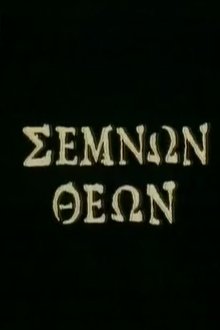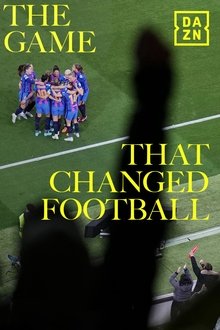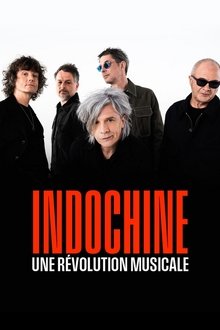This half-hour documentary by acclaimed director Jonathan Demme ("The Silence of the Lambs") captures singer-songwriter Neil Young and his hard-rocking backing band Crazy Horse "live" in the studio playing a set of four songs. These sessions took place at the Complex Recording Studios in Los Angeles on October 3, 1994, just one day after Young's critically-lauded Bridge School Benefit concert. Earlier that year, Young and his band had recorded the studio album "Sleeps with Angels" at the Complex studios and came back to film a series of music videos. Jonathan Demme was there to document the recording session, which began at 6:30 pm on a Monday evening and concluded at 4:30 am the next day. "The Complex Sessions" is the result of these sessions. Set List: 1. My Heart (3:08), 2. Prime of Life (4:44), 3. Change Your Mind (14:56), 4. Piece of Crap (3:08).
Related Movies

King for a Day (1934)
A talented tap dancer who can't get an audition uses his prowess at playing craps to gain ownership of a musical show, making himself the star.
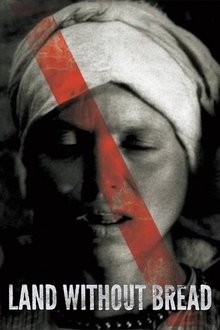
Land Without Bread (1933)
An exploration —manipulated and staged— of life in Las Hurdes, in the province of Cáceres, in Extremadura, Spain, as it was in 1932. Insalubrity, misery and lack of opportunities provoke the emigration of young people and the solitude of those who remain in the desolation of one of the poorest and least developed Spanish regions at that time.
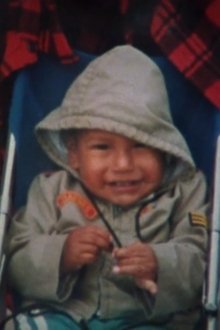
A Safe Distance (1986)
The short documentary looks at some innovative approaches to providing services and accommodation for battered women in rural, northern, and Native communities. Filmed in Thompson and Portage La Prairie, Manitoba, and West Bay Reserve, Ontario, the film introduces the women who operate and use various types of accommodation such as transition houses, transition apartments, and safe houses. The shelter on West Bay Reserve is singled out as a project that was built by women for women to stand as a reminder that the Reserve will not tolerate violence against women. A Safe Distance is part of the The Next Step, a 3-film series about the services needed by and available to battered women.

From One Second to the Next (2013)
Stories of serious traffic accidents caused by texting and driving are told by the perpetrators and surviving victims.

The Flame Song (1934)
In the kingdom of Florestan, a weak Prince Henry is ousted from power by his calculating cousin, Prince Basil. While exiled in Paris, Henry learns that the people are suffering under the tyranny of Basil's corrupt monarchy and decides to return to his homeland. Posing as the chauffeur of a traveling playboy--who is in reality Henry's manservant--he manages to make it across the border unmolested. But how will he be able to reclaim the throne?
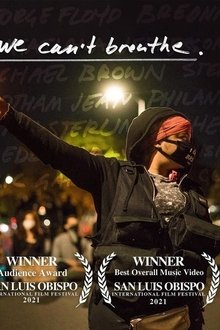
We Can't Breathe (2021)
After the killing of George Floyd, a queer black woman in Los Angeles is determined to capture the spirit of a mass social movement, so she hits the streets, camera in hand.
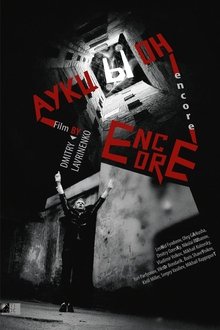
Encore (2014)
Many-many words have been written and a few ingenuous TV documentaries have been filmed about the great Russian rock band Auktyon (АукцЫон), which recently celebrated 30 years of playing music. Everything is completely different in the case of the film Encore: it took seven years for the director, Dmitry Lavrinenko, to make it; he needed just that amount of time to capture the wayward grace still preserved by Fyodorov, Garkusha, Ozersky and their associates. If you look behind the powerful music façade, you find not a story of a band but chronicles of a voyage aimed at incredible, incomparable music. Encore shows how the songs which are now known by heart were composed; it also shows things generally left aside: pieces of everyday life, tour diaries, conversations, including the key phrase: “You should not look at the liberty too much, you might feel dizzy.
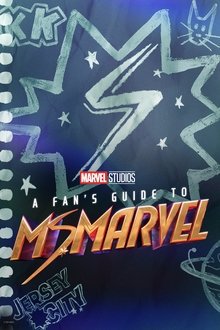
A Fan's Guide to Ms. Marvel (2022)
A documentary short that gives you an exclusive look behind the groundbreaking original series, "Ms. Marvel", from its comic book origins to its development and production as Marvel Studios’ next hit series on Disney+. It features interviews with its award winning filmmaking team and the show’s captivating star, newcomer Iman Vellani.

Release the Hound! (2015)
Documentary on the making of Hammer's adaptation of "The Hound of the Baskervilles".
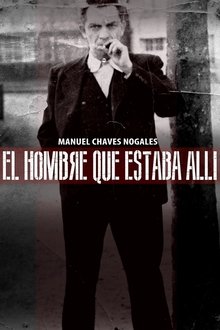
The Man Who Was There (2013)
The Spanish journalist Manuel Chaves Nogales (1897-1944) was always there where the news broke out: in the fratricidal Spain of 1936, in Bolshevik Russia, in Fascist Italy, in Nazi Germany, in occupied Paris or in the bombed London of World War II; because his job was to walk, see and tell stories, and thus fight against tyrants, at a time when it was necessary to take sides in order not to be left alone; but he, a man of integrity to the bitter end, never did so.

The Outsiders (2005)
A Super-8 short-film adaptation of S.E. Hinton's "The Outsiders" styled as a music video/silent-film -- director Juli Saragosa has a different take on greaser masculinity than did Francis Ford Coppola.
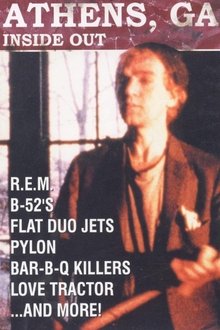
Athens, GA Inside/Out (1987)
Led by the success of the B-52's and R.E.M., Athens, Georgia was the most happening music scene in the country by the mid 80's. Following several different bands from different genres, this film paints Athens as a magical artistic environment where bands are not in competition, but co-exist in harmony and share the ideals of the land. Live performances of R.E.M.'s "Swan Swan H" and "Dream (All I Have To Do)" at the Lucy Cobb Institute chapel are included. Also featured are performances and interviews frm the B-52's, Pylon, B-B-Que Killers, Time Toy, Jim Herbert, Flat Duo Jets, Love Tractor, Kilkenny Cats, Squalls and more
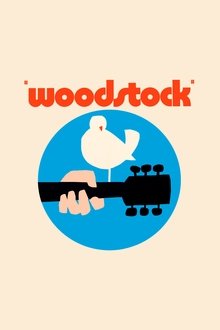
Woodstock (1970)
An intimate look at the Woodstock Music & Art Festival held in Bethel, NY in 1969, from preparation through cleanup, with historic access to insiders, blistering concert footage, and portraits of the concertgoers; negative and positive aspects are shown, from drug use by performers to naked fans sliding in the mud, from the collapse of the fences by the unexpected hordes to the surreal arrival of National Guard helicopters with food and medical assistance for the impromptu city of 500,000.
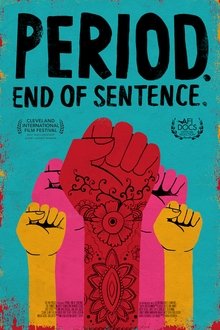
Period. End of Sentence. (2018)
In an effort to improve feminine hygiene, a machine that creates low-cost biodegradable sanitary pads is installed in a rural village in Northern India. Using the machine, a group of local women is employed to produce and sell pads, offering them newfound independence and helping to destigmatize menstruation for all.
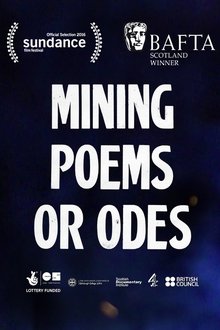
Mining Poems or Odes (2015)
Robert, an ex-shipyard welder from Govan in Glasgow, reflects on how his experiences have influenced his compulsion to write.
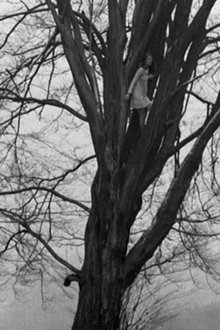
Fundevogel (1967)
Fragments of fairy tales alternate with observations of children. Documentary and staged sequences are combined. There is no break and no contrast between reality, the children's behavior and the imagination; they merge into one another.
